1. Lopez Bernal J, Andrews N, Gower C, Robertson C, Stowe J, Tessier E, et al. Effectiveness of the Pfizer-BioNTech and Oxford-AstraZeneca vaccines on COVID-19 related symptoms, hospital admissions, and mortality in older adults in England: test negative case-control study. BMJ. 2021; 373(1088):n1088. PMID:
33985964.

2. Moline HL, Whitaker M, Deng L, Rhodes JC, Milucky J, Pham H, et al. Effectiveness of COVID-19 vaccines in preventing hospitalization among adults aged ≥65 years - COVID-NET, 13 states, February-April 2021. MMWR Morb Mortal Wkly Rep. 2021; 70(32):1088–1093. PMID:
34383730.

3. Brosh-Nissimov T, Orenbuch-Harroch E, Chowers M, Elbaz M, Nesher L, Stein M, et al. BNT162b2 vaccine breakthrough: clinical characteristics of 152 fully vaccinated hospitalized COVID-19 patients in Israel. Clin Microbiol Infect. 2021; 27(11):1652–1657. PMID:
34245907.

4. Teran RA, Walblay KA, Shane EL, Xydis S, Gretsch S, Gagner A, et al. Postvaccination SARS-CoV-2 infections among skilled nursing facility residents and staff members - Chicago, Illinois, December 2020-March 2021. MMWR Morb Mortal Wkly Rep. 2021; 70(17):632–638. PMID:
33914721.

5. Bergwerk M, Gonen T, Lustig Y, Amit S, Lipsitch M, Cohen C, et al. COVID-19 breakthrough infections in vaccinated health care workers. N Engl J Med. 2021; 385(16):1474–1484. PMID:
34320281.

6. Brown CM, Vostok J, Johnson H, Burns M, Gharpure R, Sami S, et al. Outbreak of SARS-CoV-2 infections, including COVID-19 vaccine breakthrough infections, associated with Large Public Gatherings - Barnstable County, Massachusetts, July 2021. MMWR Morb Mortal Wkly Rep. 2021; 70(31):1059–1062. PMID:
34351882.

7. Hacisuleyman E, Hale C, Saito Y, Blachere NE, Bergh M, Conlon EG, et al. Vaccine breakthrough infections with SARS-CoV-2 variants. N Engl J Med. 2021; 384(23):2212–2218. PMID:
33882219.

8. Choi MJ, Choi WS, Seong H, Choi JY, Kim JH, Kim YJ, et al. Developing a framework for pandemic COVID-19 vaccine allocation: a modified Delphi consensus study in Korea. J Korean Med Sci. 2021; 36(23):e166. PMID:
34128597.

9. Center for Disease Control Headquarters. Coronavirus disease-19 updates, Republic of Korea. Updated 2021. Accessed August 29, 2021.
http://ncov.mohw.go.kr/en/
.
10. Planas D, Veyer D, Baidaliuk A, Staropoli I, Guivel-Benhassine F, Rajah MM, et al. Reduced sensitivity of SARS-CoV-2 variant delta to antibody neutralization. Nature. 2021; 596(7871):276–280. PMID:
34237773.

11. Torjesen I. COVID-19: delta variant is now UK's most dominant strain and spreading through schools. BMJ. 2021; 373(1445):n1445. PMID:
34088699.

12. Vaidyanathan G. Coronavirus variants are spreading in India - what scientists know so far. Nature. 2021; 593(7859):321–322. PMID:
33976409.

13. Dougherty K, Mannell M, Naqvi O, Matson D, Stone J. SARS-CoV-2 B.1.617.2 (delta) variant COVID-19 outbreak associated with a gymnastics facility - Oklahoma, April-May 2021. MMWR Morb Mortal Wkly Rep. 2021; 70(28):1004–1007. PMID:
34264910.

14. Malik M, Kunze AC, Bahmer T, Herget-Rosenthal S, Kunze T. SARS-CoV-2: viral loads of exhaled breath and oronasopharyngeal specimens in hospitalized patients with COVID-19. Int J Infect Dis. 2021; 110:105–110. PMID:
34242768.

15. Teyssou E, Delagrèverie H, Visseaux B, Lambert-Niclot S, Brichler S, Ferre V, et al. The delta SARS-CoV-2 variant has a higher viral load than the Beta and the historical variants in nasopharyngeal samples from newly diagnosed COVID-19 patients. J Infect. 2021; 83(4):e1–e3.

16. Choi Y, Kim JS, Kim JE, Choi H, Lee CH. Vaccination prioritization strategies for COVID-19 in Korea: a mathematical modeling approach. Int J Environ Res Public Health. 2021; 18(8):4240. PMID:
33923600.

17. Jain V, Schwarz L, Lorgelly P. A rapid review of COVID-19 vaccine prioritization in the U.S.: alignment between federal guidance and state practice. Int J Environ Res Public Health. 2021; 18(7):3483. PMID:
33801651.

18. Coleman KK, Tay DJW, Sen Tan K, Ong SWX, Son TT, Koh MH, et al. Viral load of SARS-CoV-2 in respiratory aerosols emitted by COVID-19 patients while breathing, talking, and singing. Clin Infect Dis. Forthcoming. 2021; DOI:
10.1093/cid/ciab691.

19. Costa R, Bueno F, Albert E, Torres I, Carbonell-Sahuquillo S, Barrés-Fernández A, et al. Upper respiratory tract SARS-CoV-2 RNA loads in symptomatic and asymptomatic children and adults. Clin Microbiol Infect. 2021; 27(12):1858.e1–1858.e7.

20. Feikin DR, Higdon MM, Abu-Raddad LJ, Andrews N, Araos R, Goldberg Y, et al. Duration of effectiveness of vaccines against SARS-CoV-2 infection and COVID-19 disease: results of a systematic review and meta-regression. SSRN. November 18, 2021. DOI:
10.2139/ssrn.3961378.

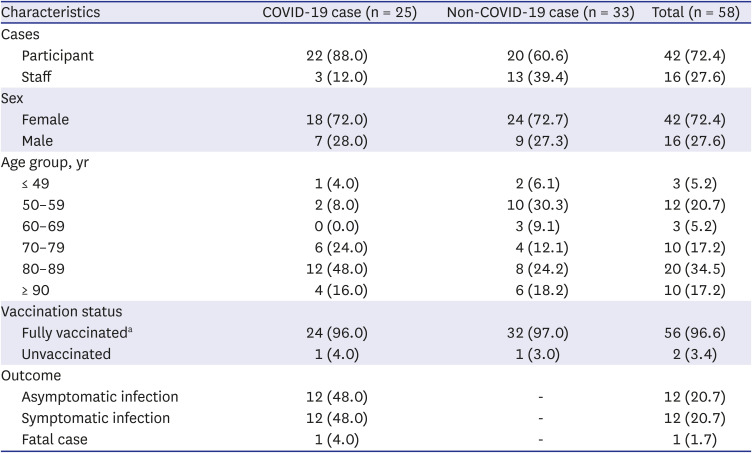
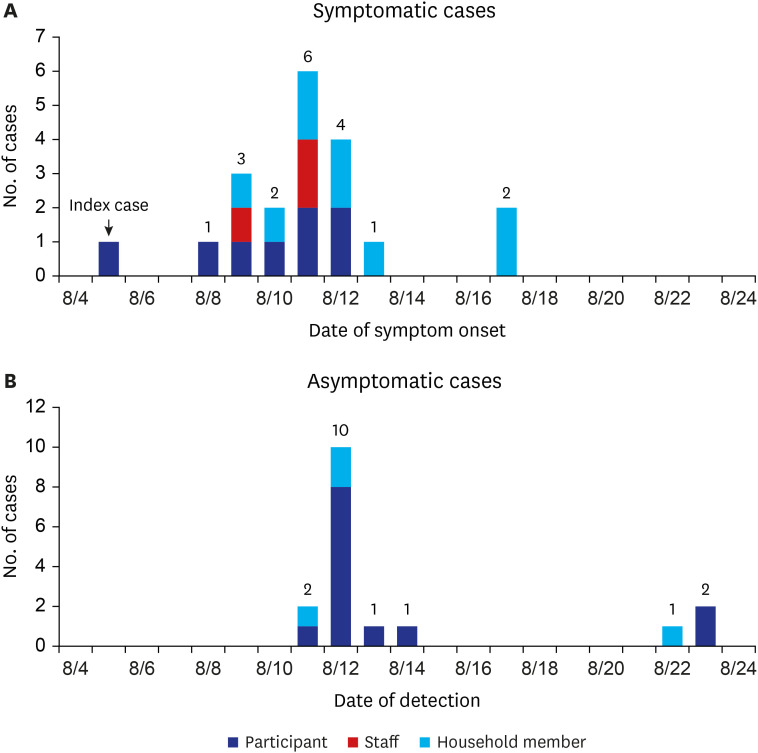

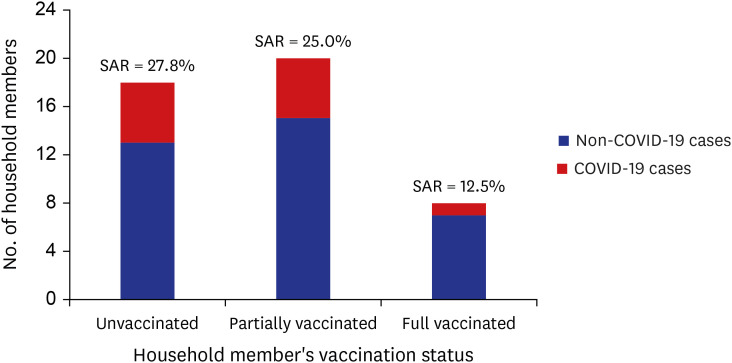
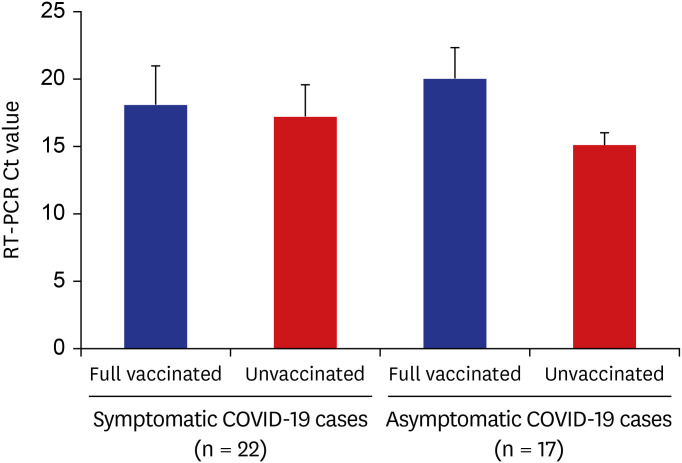




 PDF
PDF Citation
Citation Print
Print



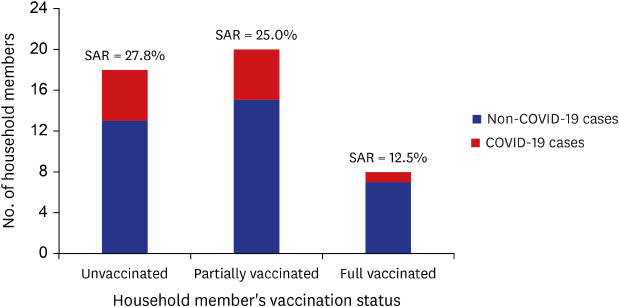
 XML Download
XML Download